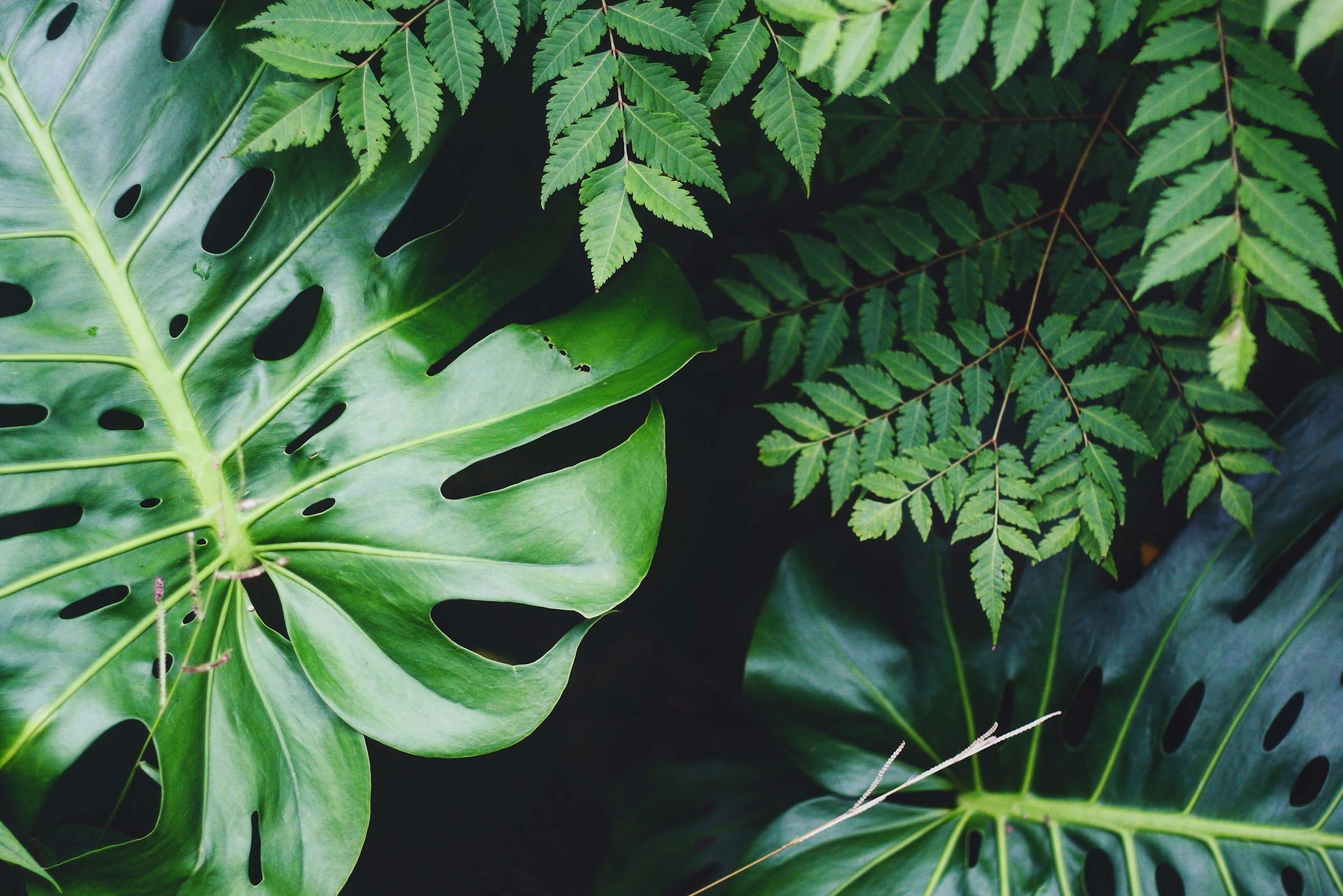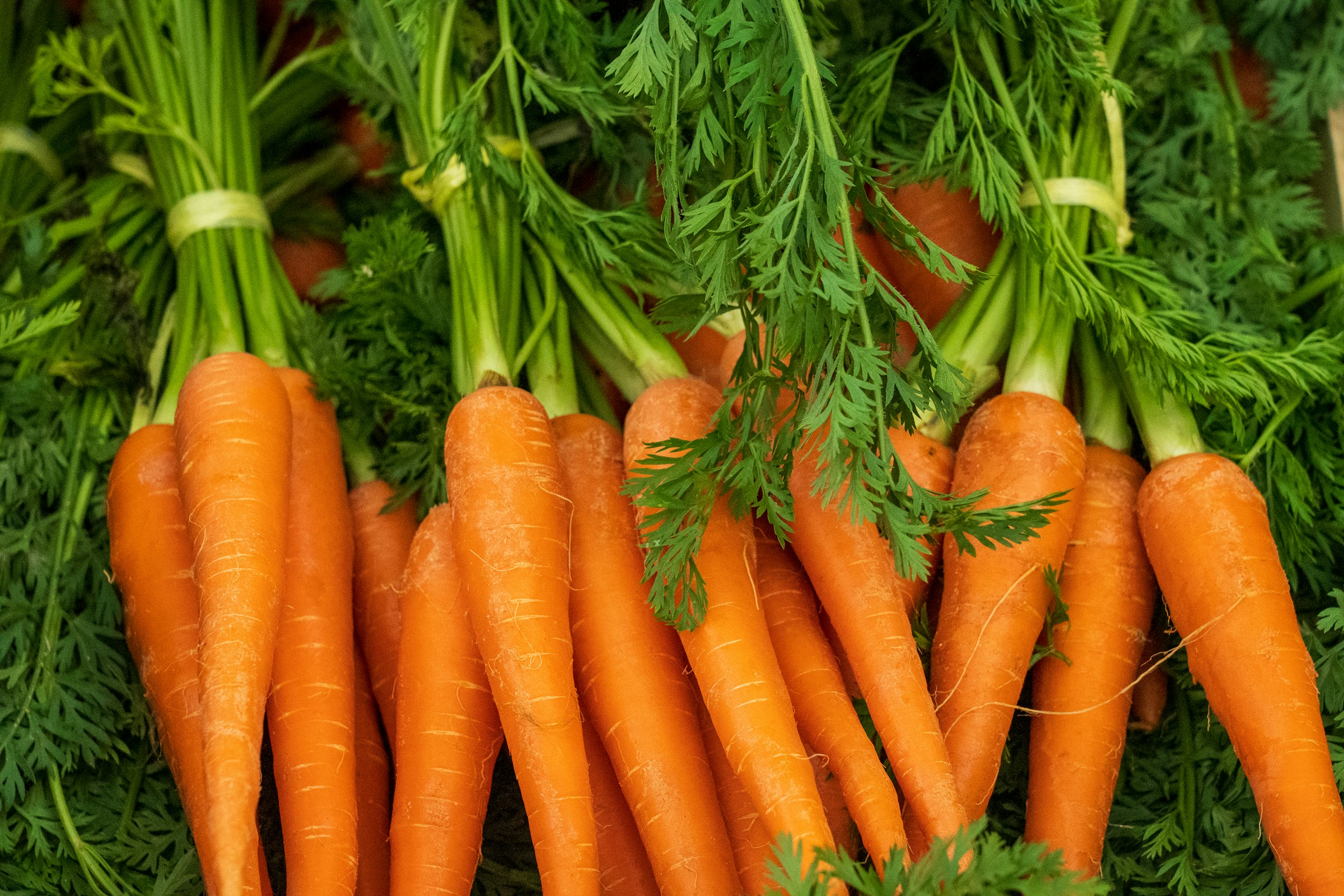In the vibrant world of gardening and farming, a revolution is quietly taking root, promising to transform the way we nurture our plants and soil. This revolution comes in the form of microdosing, a technique not just for Silicon Valley techies or wellness enthusiasts but for anyone with a patch of earth under their care.
But what is microdosing, and how can it benefit your green companions and the ground they grow in? Let's dig in.

What Is Microdosing?
Microdosing, in the context of plant care, involves applying small, precise amounts of nutrients or fertilizers directly to the soil or plant. Think of it as the dietary supplement regime of the plant world—a little goes a long way to ensuring your plants and soil survive and thrive.
Benefits of Microdosing for Your Plants and Soil:
Imagine you're a chef, and your plants are the discerning patrons of your Michelin-starred garden. Just as you wouldn't overwhelm a delicate dish with a torrent of salt but rather season it with precision and care, the same meticulous approach is essential when nurturing your plants. It is where the art of microdosing comes into play, acting as the secret seasoning for your garden's success.
It's a game-changer, promising to boost your crop yield and turn your soil into a thriving ecosystem of health and fertility. Let's dig into the science and strategy behind this revolutionary practice.
Boosting Crop Yield: A Sprinkle of Science
Microdosing, applying small, precise amounts of fertilizers or amendments directly to the plants or soil, is akin to optimizing every drop of nutrition for maximum efficiency. Imagine the astonishment and delight of gardeners and farmers alike when studies revealed crop yield increases ranging from a robust 43% to an astonishing 120% with well-timed microdosing applications. It isn't just gardening; it's alchemy, transforming the ordinary into the extraordinary with just a pinch of nutrients.
Implementing Microdosing: A Dash of Practical Magic
Incorporating microdosing into your gardening routine doesn't require a Ph.D. in agronomy—just a keen eye and a gentle hand. Start with a soil test to understand your garden's specific needs. From there, it's a matter of applying small, targeted amounts of fertilizer or organic amendments at the right time, ensuring that every grain of nutrient plays its part in the symphony of growth.
The Bottom Line:
In the verdant realm of gardening, microdosing emerges as a beacon of innovation, promising to elevate our relationship with the natural world to new heights of harmony and productivity. By embracing this technique, we're not just growing plants but cultivating a future where every leaf, stem, and root flourishes to its fullest potential. So, sprinkle lightly, dear gardener, and watch as your garden transforms into a testament to the mighty benefits of microdosing for your plants and soil.
Frequently Asked Questions:
How often should I microdose my plants?
The frequency of microdosing depends on the specific needs of your plants and the nutrients being used. A general rule of thumb is to observe your plants and soil's response and adjust accordingly.
Can microdosing be used with any type of plant?
Yes! Microdosing is versatile and can be adapted to various plants, from vegetables and fruits to flowers and shrubs. The key is tailoring the nutrient mix and application rate to suit the specific needs of each plant.
Is there a risk of over-fertilizing with microdosing?
While microdosing minimizes the risk of over-fertilization by applying nutrients in small, controlled amounts, it's still important to monitor your plants for signs of nutrient overload and adjust your practices as needed.




